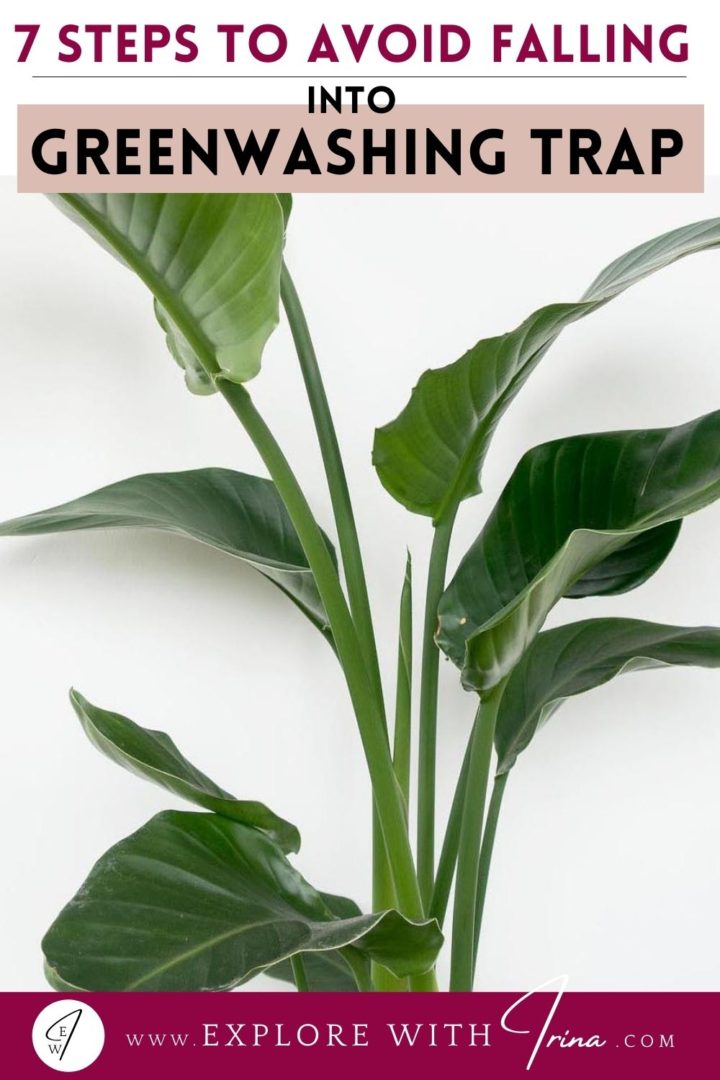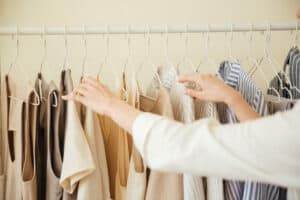We all have heard about the term “Greenwashing,” and for those who haven’t, let’s break it down.
Eco-friendly, ethical, environmentally friendly, sustainable — these are just a few of the buzzwords being used to promote sustainable brands and corporations. Greenwashing is when companies misguide consumers by marketing that their brands and products are safe, non-toxic, eco-friendly, only to cover up unjustified behavior.
But while companies’ growth responding to the climate crisis is highly positive, it can be hard to understand whether you’re being a responsible consumer or just being greenwashed. With all this said, I believe it is up to us to research before we decide to buy a new product from “Green” branded companies.
“The more we know, the more we understand, the better we can hold that argument and be more forceful in demanding change.”
A few of the things we should look for to avoid and recognize greenwashing:
1. Idyllic Imagery
Same as the buzzwords, brands can often use Idyllic images for advertising, packaging, etc. These images will be very particular and contain earthy tones, forests, farms, mountains, nature, which subconsciously project that these products are natural. Always check labels and websites, talk with employees and ask questions for a more in-depth understanding behind the images used for advertising, values and motos of the brand.
2. Numbers over words
Companies that are genuinely committed to sustainable practices are proud to share their achieved goals and future ambitions with reliable figures to prove themselves accountable, too. If you want to understand more about any brand and are genuinely committed to sustainable production or just promoting greenwashing, merely check their website and what they have listed publicly. They will talk and provide numbers and facts. And if you want to go even more in-depth, you can always email the company and ask questions about your interests. If a brand uses words like “ethical,” “sustainable,” or “eco-friendly,” investigate or email to ask them what exactly they mean by that. Different businesses will have different responses.
3. Natural isn’t always more eco-friendly
Did you know that 150 million trees are cut down every year just for viscose production? Viscose, rayon, and bamboo are promoted as eco-friendly, but depend on how they’re sourced.
Bamboo is a fast-growing fiber and is becoming very popular nowadays, but did you know it is sometimes grown using pesticides and chemicals before turning into the fabric. Unless it comes from an organic source, bamboo is incredibly polluting.
4. Understand who is making your clothes
The fashion revolution has created the Transparency index, which assesses a brand’s transparency. It provides information’s on how brands treat their supply chain. If you find out that the brand does not talk with openness, they are probably greenwashing.
5. Vegan doesn’t necessarily mean sustainable.
“Vegan” is another buzzword that companies often use as part of greenwashing. Many vegan alternatives are made from polluting and plastic-derived materials. In fashion, vegan can mean products are made from synthetic alternatives to leather and fur. Vegan leather often uses plastic to be produced.
We must ask if these brands are implementing sustainable practices in other business areas, not just material innovation.
6. Invest in brands with a holistic approach.
Brands that proudly talk about their sustainable practices and discuss their sustainable practices, values and ethics are the ones to trust. They won’t use any buzzwords.
They will have a holistic approach by looking at the bigger picture rather than focusing on individual issues. It is always better to trust someone who provides you with information, rather than the one they don’t have back up to support their claims.
Every time you spend money, you’re casting a vote for the kind of world you want.
-Anna Lappé
7. Check for certifications
Look for industry-standard certifications that verify any claims being made, so if a brand claims that their products are “cruelty-free” or “100% organic cotton”, first you can check whether they have been certified.
All the certifications listed below serve to evaluate a brand’s sustainable practices.
1. Bluesign®,
2. Cradle to Cradle Certified™
3. Global Organic Textile Standard
4. Organic Content StandardsFairtrade
5. B Corp
7. Fairtrade
8 .World Fair Trade Organization (WFTO)
9. SA8000
Read more details about the most common certifications and what they stand for in my next blog “13 Sustainable Certifications you need to know”

Some brands have holistic and sustainable approaches, but they cannot afford the expensive certification because of their size. So, if you don’t see a certificate doesn’t mean a brand isn’t doing the right thing. If you what to get more details, contact the company about their practices. Most will gladly explain their processes and be as transparent as possible.
Preview in new tab(opens in a new tab)








I’m not that much of a internet reader to be honest but your sites
really nice, keep it up! I’ll go ahead and bookmark your
site to come back in the future.
All the best